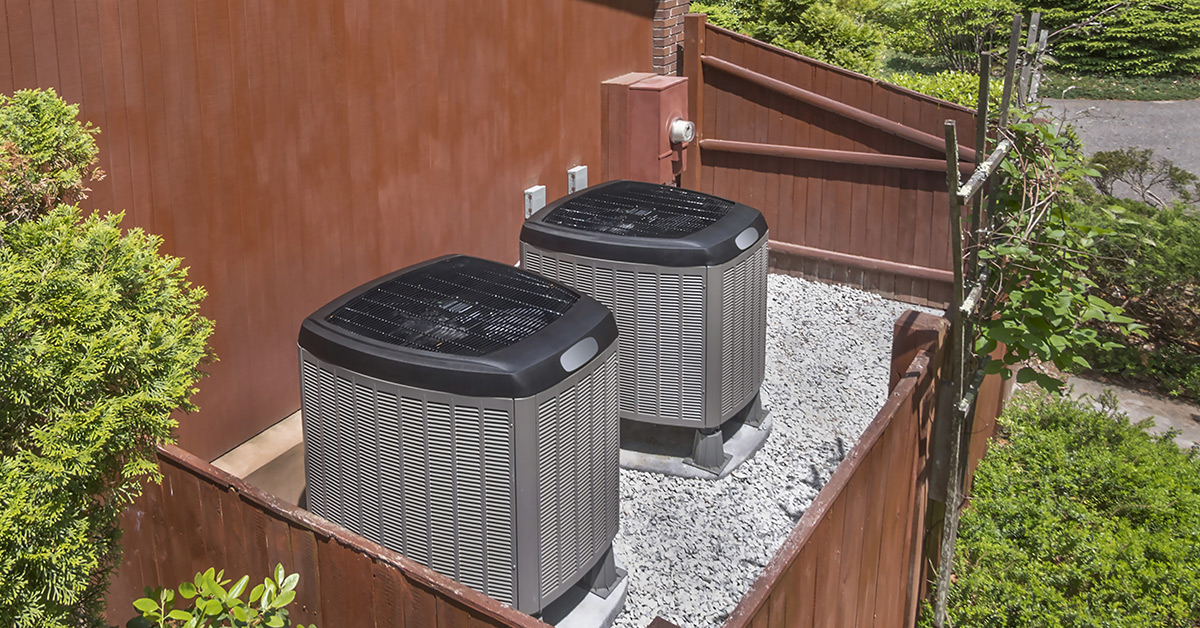Energy Efficiency 101 With Your AC Supply Store Part 2
Feb 13th 2017

As the springtime approaches, many people are looking forward to the sunshine and warm weather. While everyone is warming up to the hotter temperatures, homeowners and HVAC companies alike are ramping up their central air-conditioning systems. DM Supply Source is your top-notch AC supply store for finding all of the heating and cooling components you need. We specialize as an AC-parts distributor to give handy citizens and cooling professionals alike every tool they need. Our team is also ready to offer expert advice and assistance with any of our heating and cooling supplies as well. In our last blog, we looked at a the meaning behind an EER rating and the importance of maintaining proper air conditioning efficiency. Today, we’ll continue this journey by explaining the SEER rating and regulations that dictate the required efficiency minimums.
What is SEER?
The AC Seasonal Energy Efficiency Ratio (SEER) is similar to an EER, except that this rating is based on the efficiency of your unit throughout a cooling season. Unlike the perfect conditions of an EER rating, this method utilizes varying temperatures and humidity levels to provide a more accurate representation of how your air-conditioning unit will operate. Typically, the temperature here ranges from 60-to-100 degrees Fahrenheit. SEER ratings are reserved for split-system units and packaged units. Packed air conditioning units are typically used in homes and small commercial buildings. An equation similar to the one used for EER ratings is calculated to give you a numerical value for your unit’s efficiency throughout the cooling season.
Governmental Minimums
While the SEER rating is useful in helping you quickly determine the effectiveness of most heating and air-conditioning units, it is also used as a system by the US Department of Energy for determining the minimum allowable efficiency. Last year saw changes in SEER standards, where units were subjected to a higher efficiency level. The regulations for this vary on where you live. Our country is divided into three regions: the North (think of a line dividing all of the northern states), South (from Texas eastward), and Southwest (New Mexico and the westerly states). Thanks to generally cooler climates, the North region holds a minimum SEER rating of 13. The South sets their minimum to 14, as does the Southwest, except that states in this last region must also hold an 11-12.2 EER rating. While this new change went into effect on January 1st of 2015, we still currently are in the 18-month grace period in order for suppliers to sell off their remaining units that fall below the minimum.
The SEER rating of your AC unit is very handy for determining the lifetime energy costs of that particular unit. While higher rated units do cost more, the energy savings throughout their lifetime can more than offset the upfront costs. If you are in need of an AC-parts distributor, you’ve come to the right place! DM Supply Source is your go-to AC supply store for any and all heating and cooling needs. From full industrial central air-conditioning systems to wall-switch plates, our online shop has it all. Browse our inventory now to find everything you need or contact us for answers to any of your heating or cooling questions!
